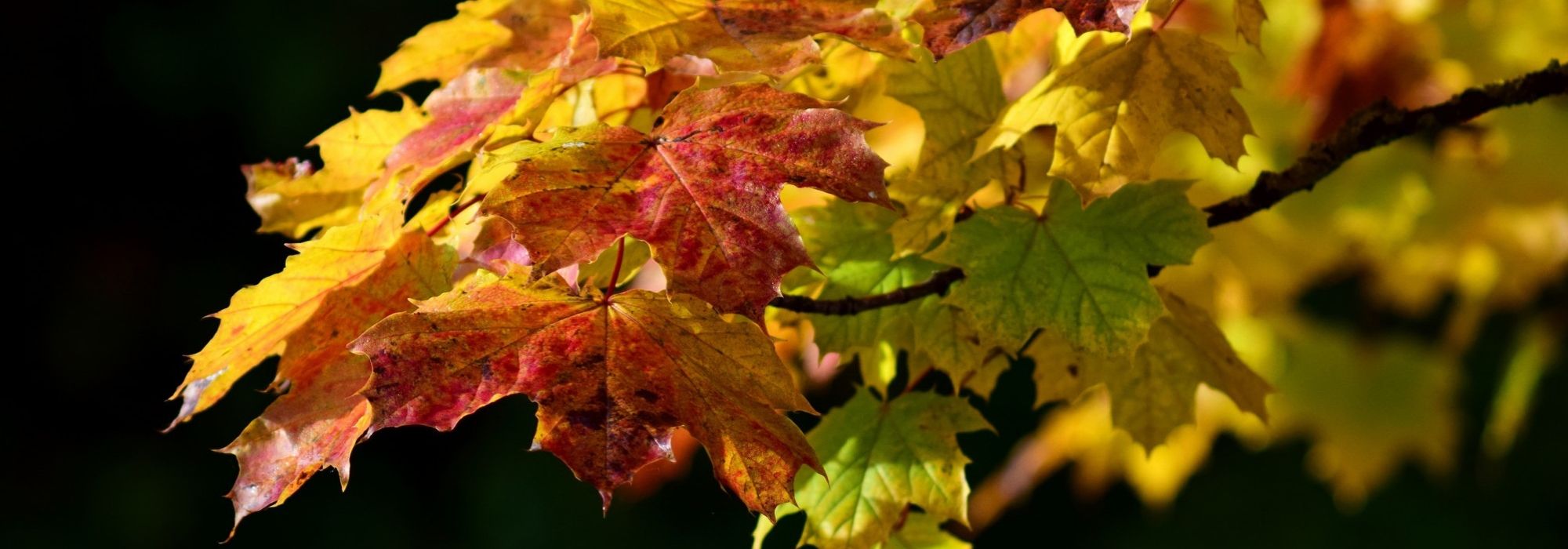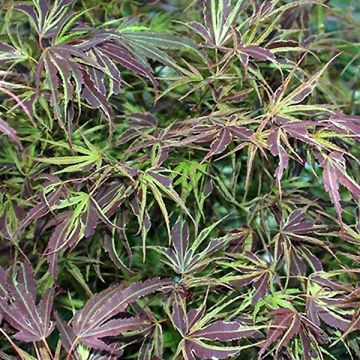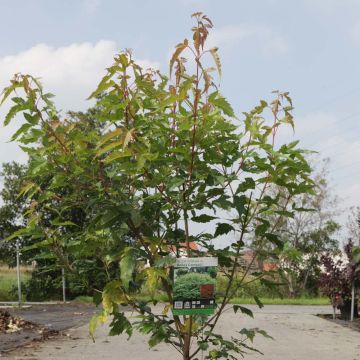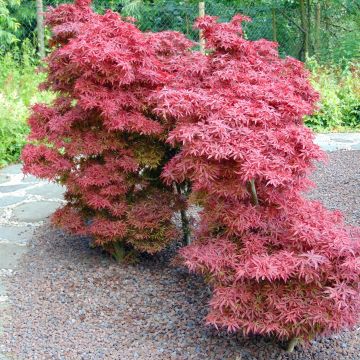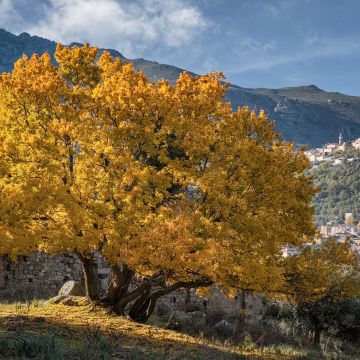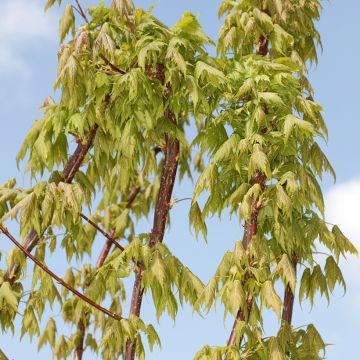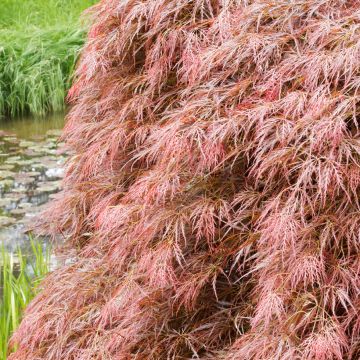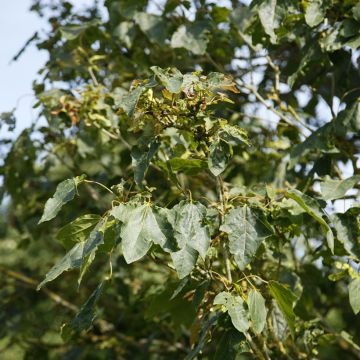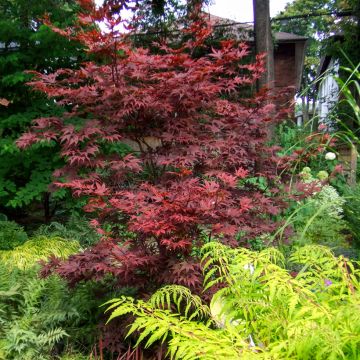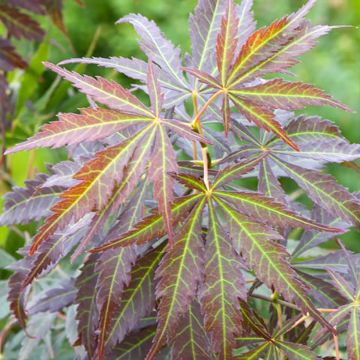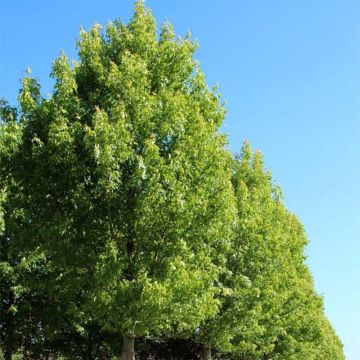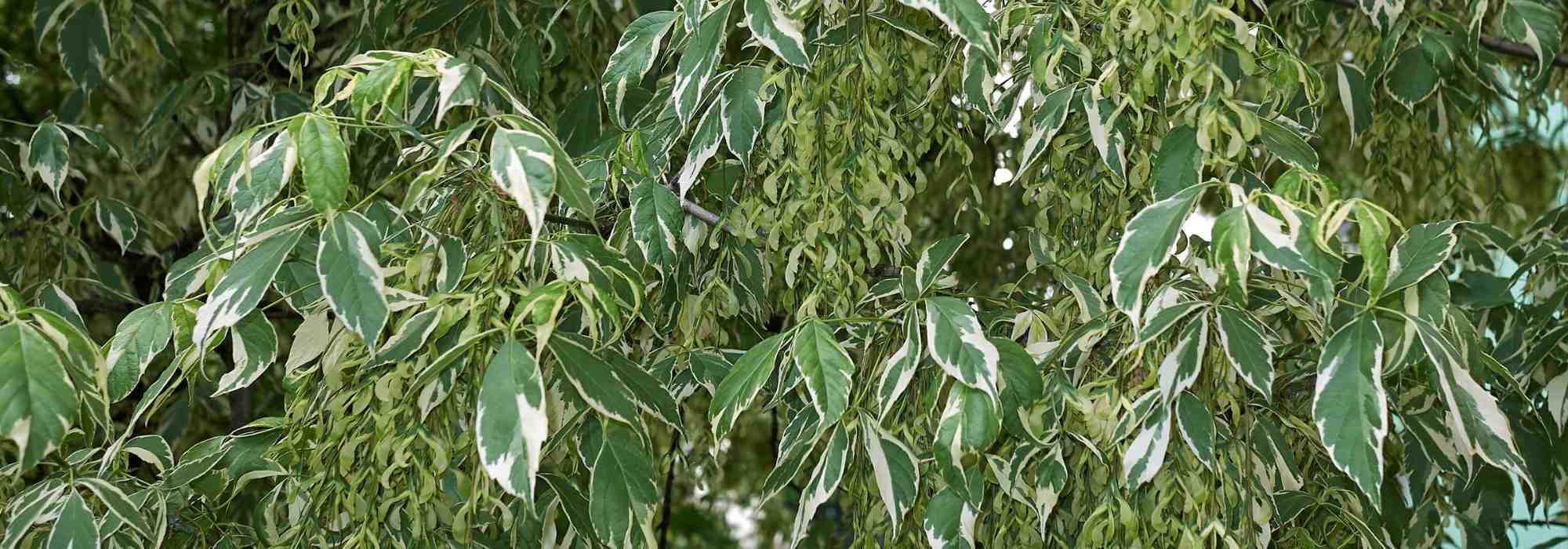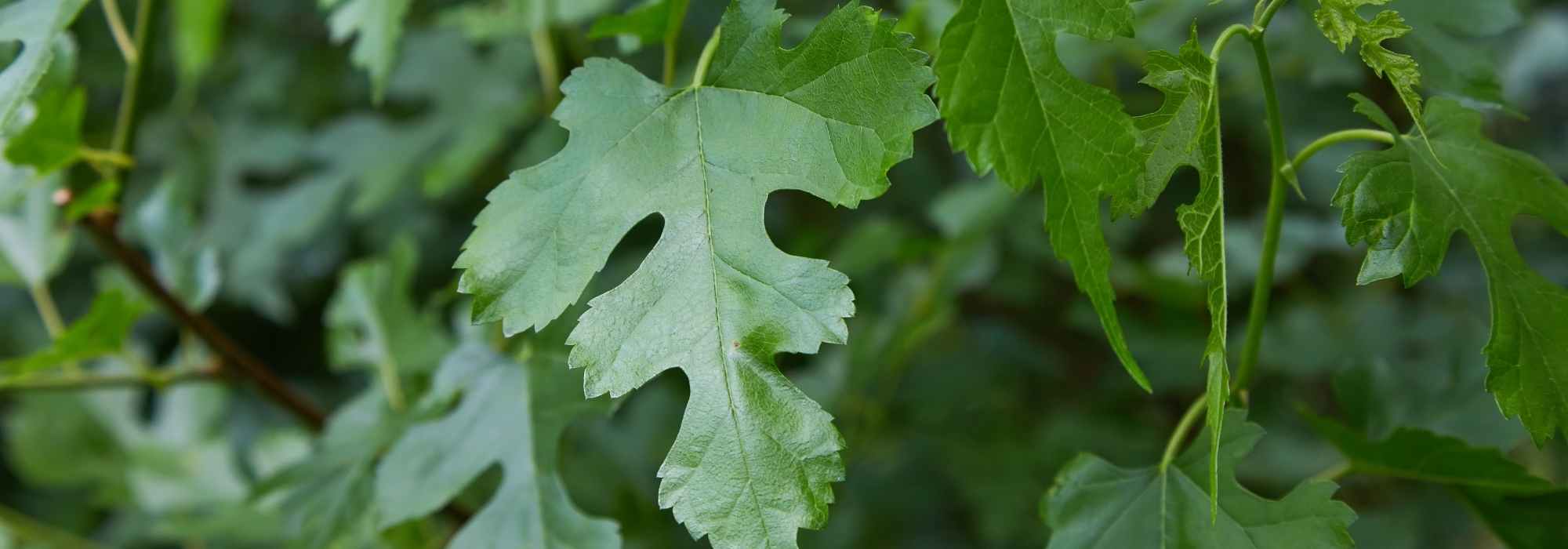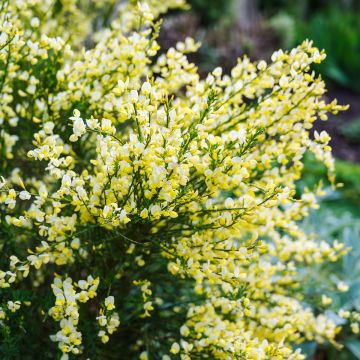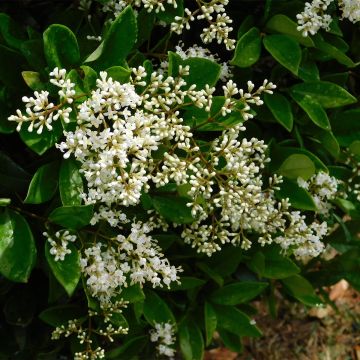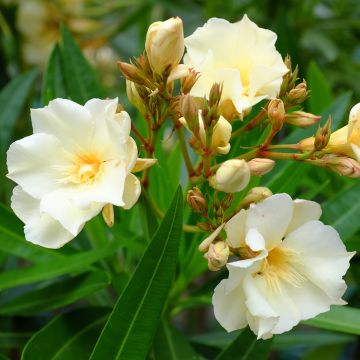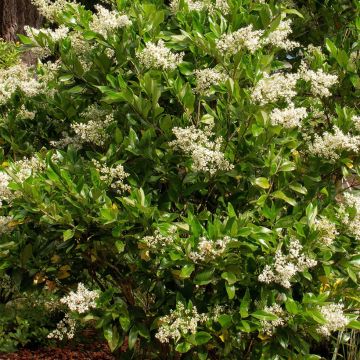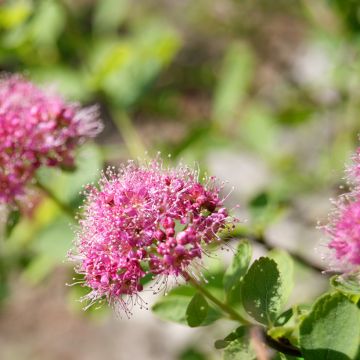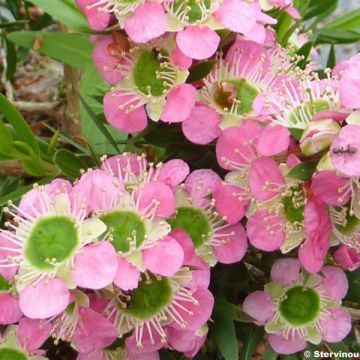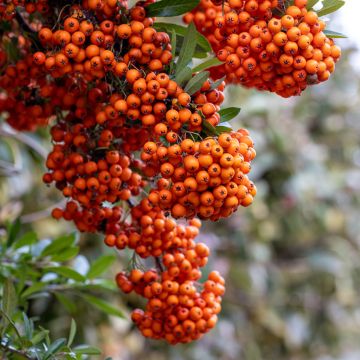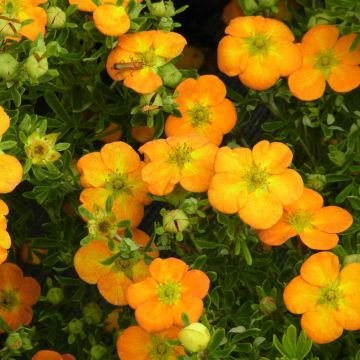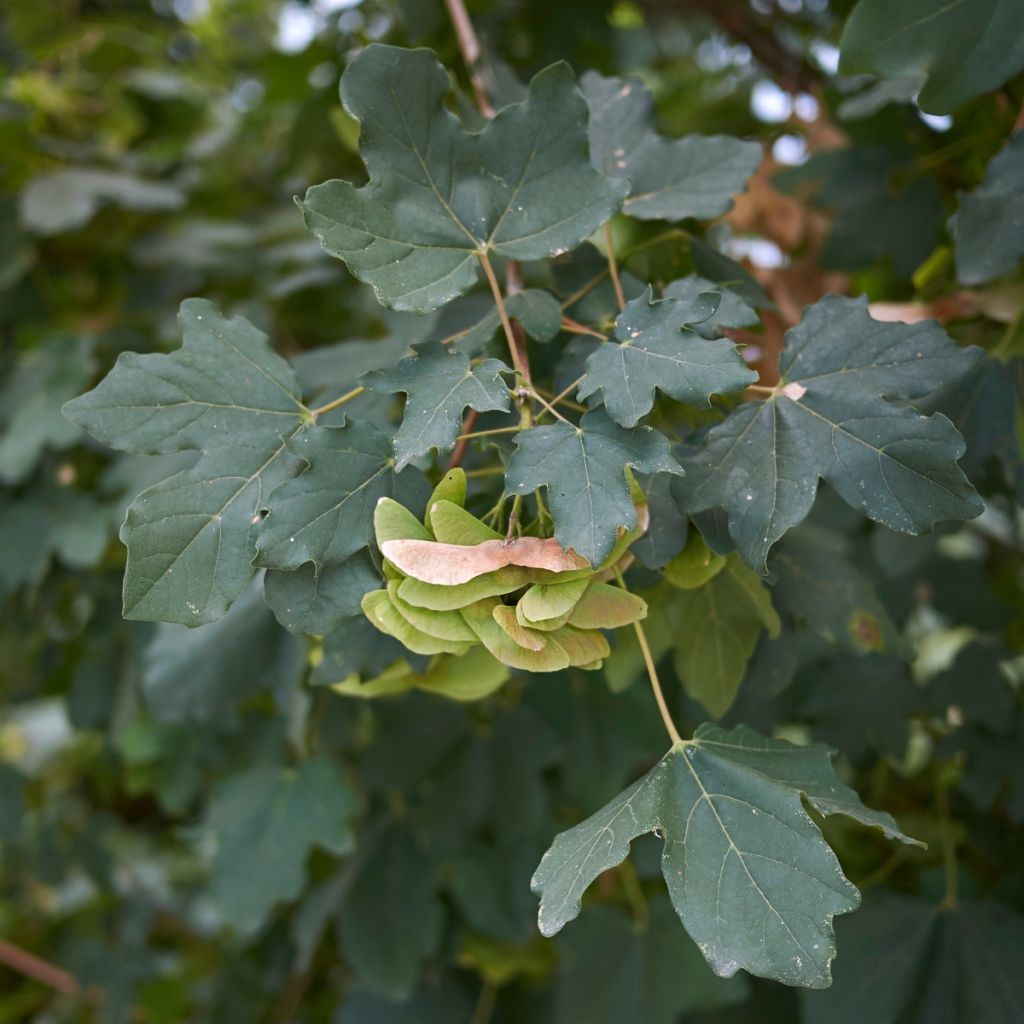

Acer campestre - Maple
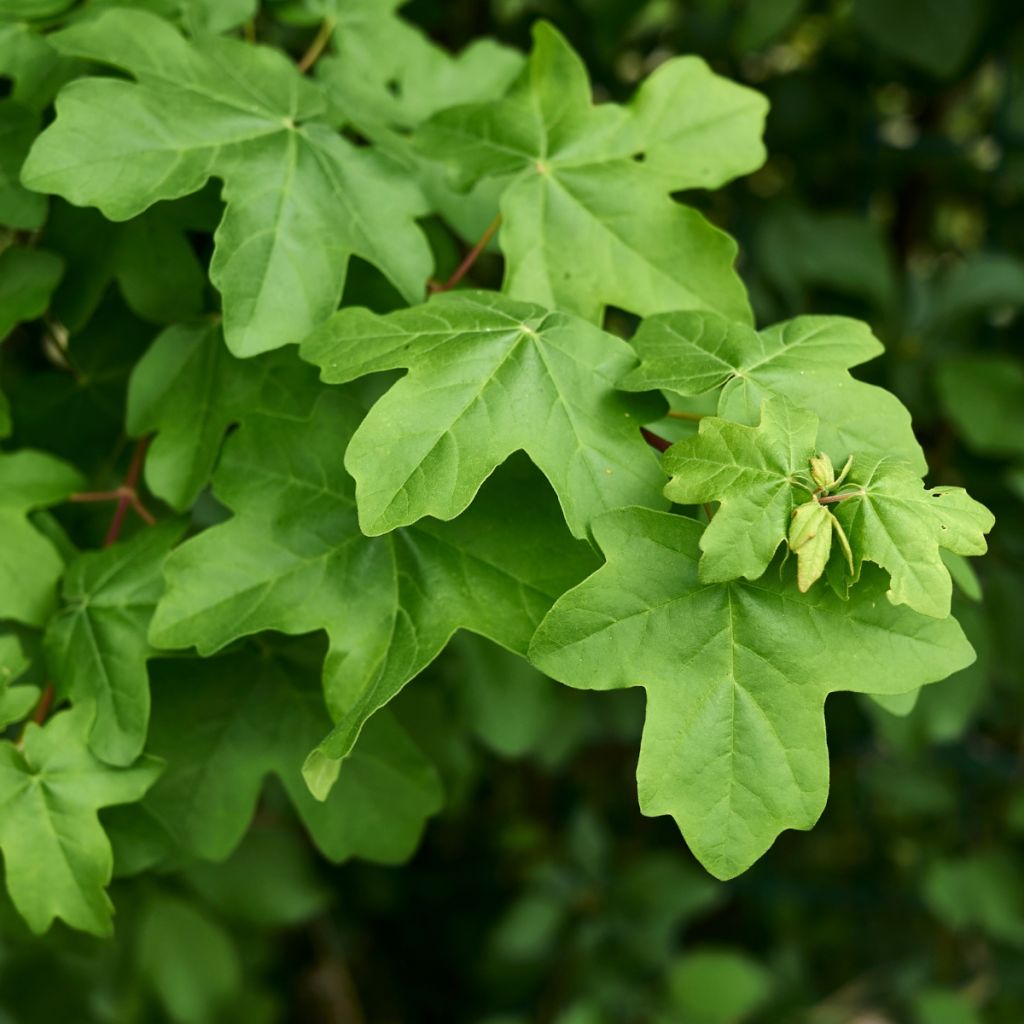

Acer campestre - Maple
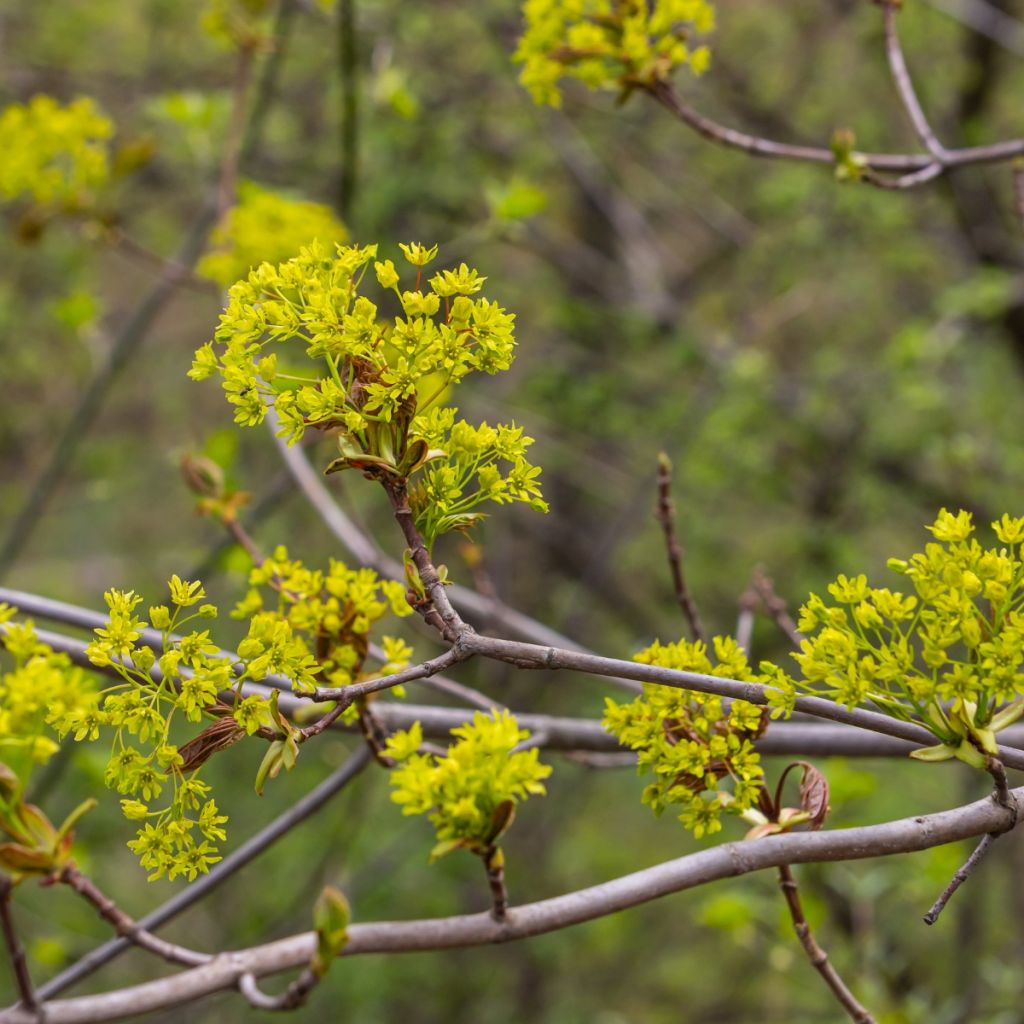

Acer campestre - Maple
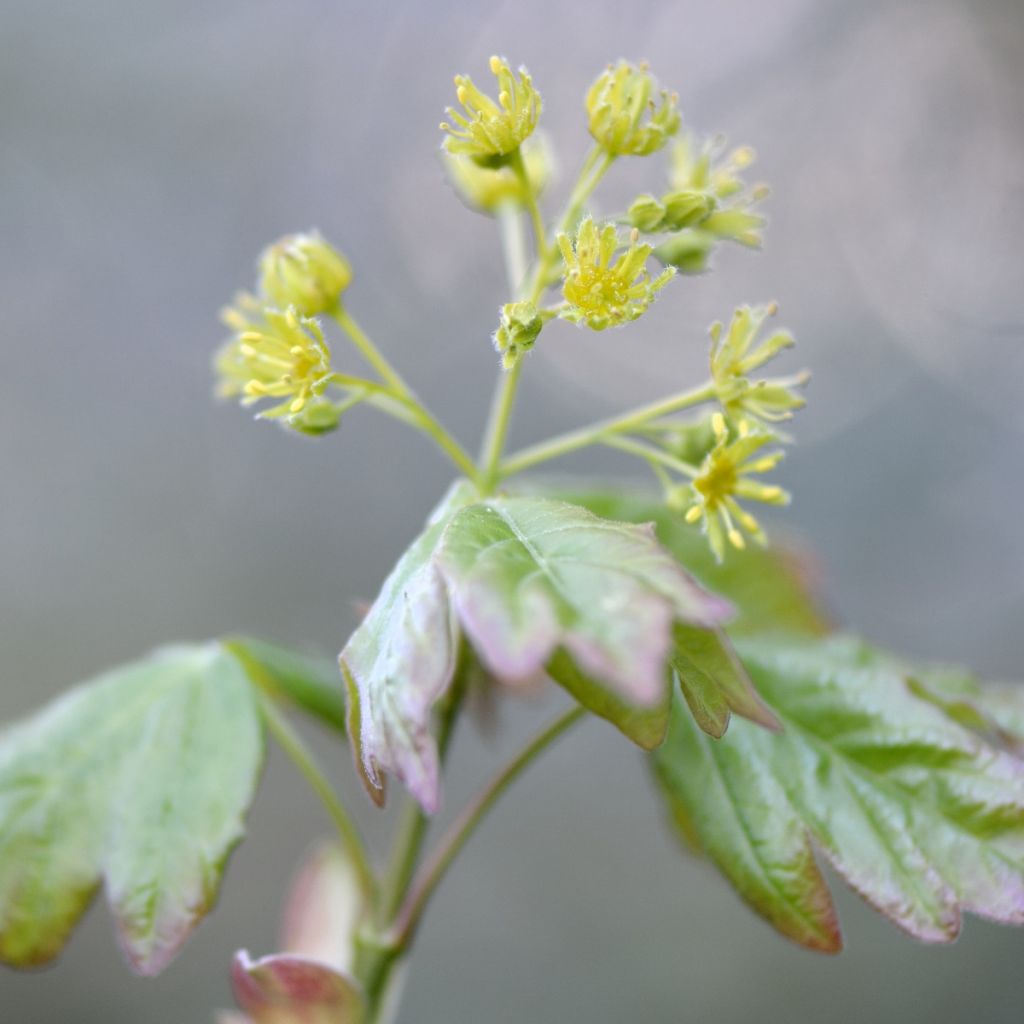

Acer campestre - Maple
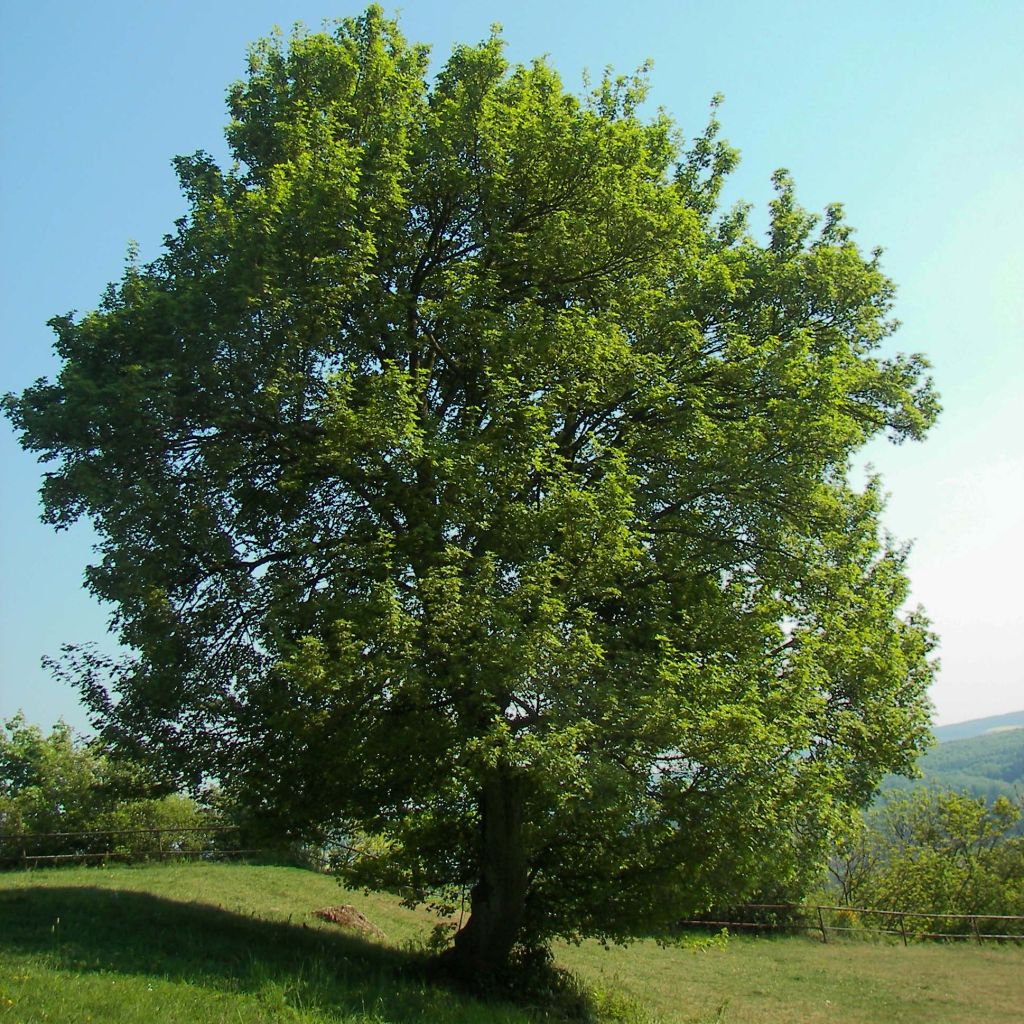

Acer campestre - Maple
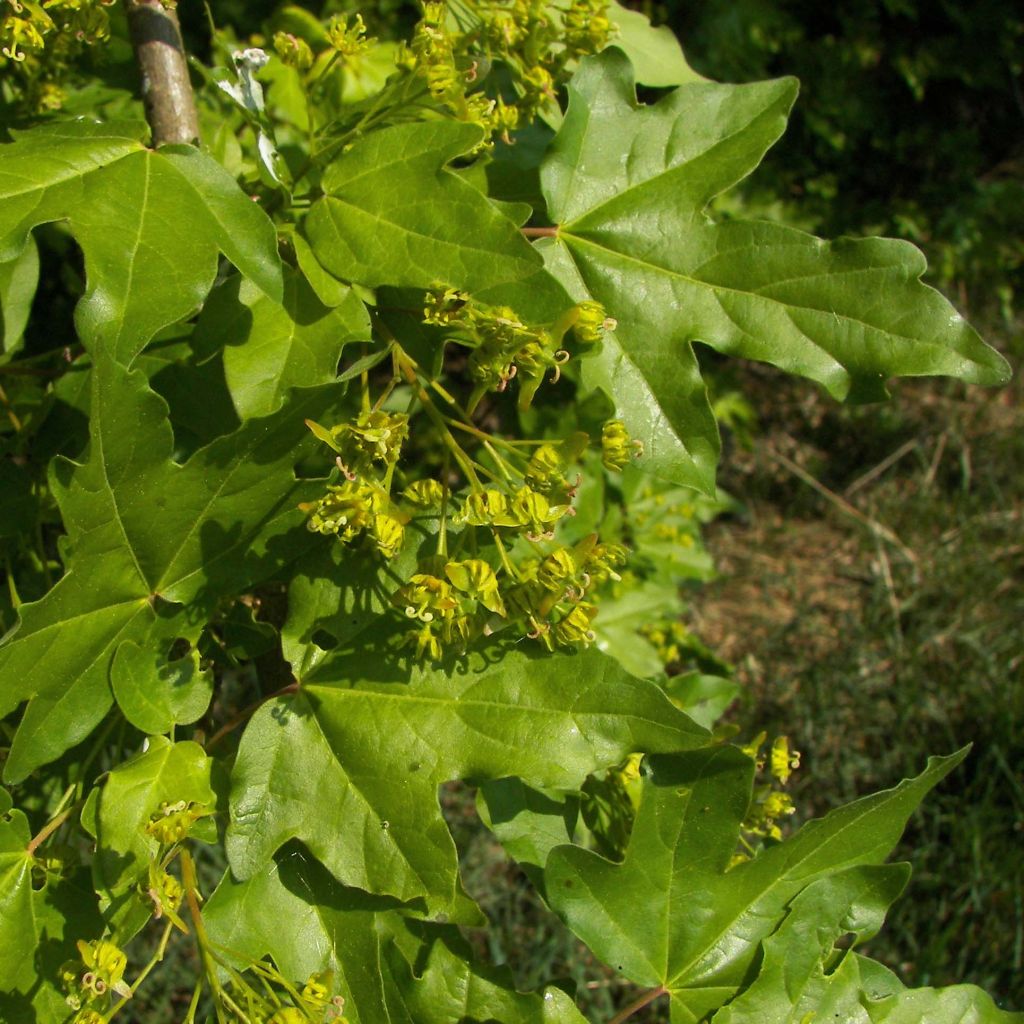

Acer campestre - Maple
Acer campestre - Maple
Acer campestre
Field maple
Special offer!
Receive a €20 voucher for any order over €90 (excluding delivery costs, credit notes, and plastic-free options)!
1- Add your favorite plants to your cart.
2- Once you have reached €90, confirm your order (you can even choose the delivery date!).
3- As soon as your order is shipped, you will receive an email containing your voucher code, valid for 3 months (90 days).
Your voucher is unique and can only be used once, for any order with a minimum value of €20, excluding delivery costs.
Can be combined with other current offers, non-divisible and non-refundable.
Home or relay delivery (depending on size and destination)
Schedule delivery date,
and select date in basket
This plant carries a 24 months recovery warranty
More information
We guarantee the quality of our plants for a full growing cycle, and will replace at our expense any plant that fails to recover under normal climatic and planting conditions.
Does this plant fit my garden?
Set up your Plantfit profile →
Description
The Acer campestre, better known as the field maple, is a very common tree in forests. Of medium size, with a rounded and dense habit, it is noticeable in autumn, when its foliage takes on shades of gold, copper and bronze. Traditionally used in England in hedgerows, it has its place in the garden as an informal hedge or a grove that will form a distant boundary, flamboyant in autumn. This rewarding and undemanding tree also tolerates pruning very well, allowing it to be contained within moderate dimensions.
Native to Europe, Asia Minor, and North Africa, the Acer campestre is more of a forest tree than a field maple. Slow-growing, it will reach an average height of 8m (26ft) and form a crown of 4m (13ft) wide in gardens, if not pruned. Its habit is rather globular and dense. Over time, this species, which can live well over a century, can form several tangled trunks, each carrying a dense canopy. The slightly satin green foliage of this deciduous maple is composed of small leaves, 5 to 10cm (3.9in) long, showing 3 to 5 lobes. The milky sap often oozes from the leaves. Autumn and the first cold weather, colours the foliage in shades of golden yellow, coppery or bronze. The insignificant flowering takes place in spring, at the same time as the leaves emerge. The small flowers are greenish and grouped in corymbs. Winged reddish seeds are formed afterwards. The wings of this fruit are opposite and perfectly aligned. The field maple forms the hardest wood that can be found in this genus. Its bark is pale grey and fissured. The branches of young specimens often show a corky, ribbed, insulating, and channelled bark, used for making perches for poultry, which has earned it the popular name of "chicken wood". Note that when it grows near the Montpellier maple (Acer monspessulanum) the two species hybridize very easily.
Acer campestre is part of our landscapes, which may explain why we stop noticing it until autumn, when it sets the countryside on fire. Very easy to grow, it thrives in any ordinary soil, even limestone, as long as it is deep enough. It will look good in the centre of a flowering shrub bed that will provide the colour it lacks from spring to summer. It can also be associated in a field hedge with deciduous euonymus, Carpinus 'Orange Retz', Cotinus, hawthorns, ornamental apple trees, or its cousin, the Montpellier maple. Plant small shade perennials (lamium, Epimedium, Geranium macrorrhizum, Ophipogon planiscapus 'Niger') at its base to enjoy its beautiful bark and flamboyant autumn colours.
Acer campestre - Maple in pictures


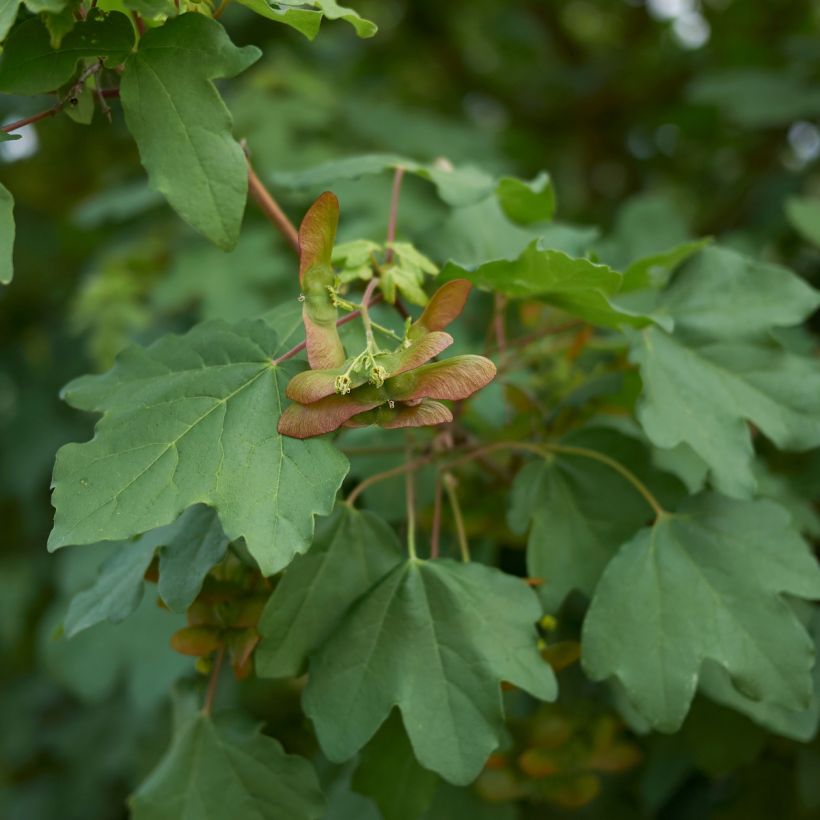

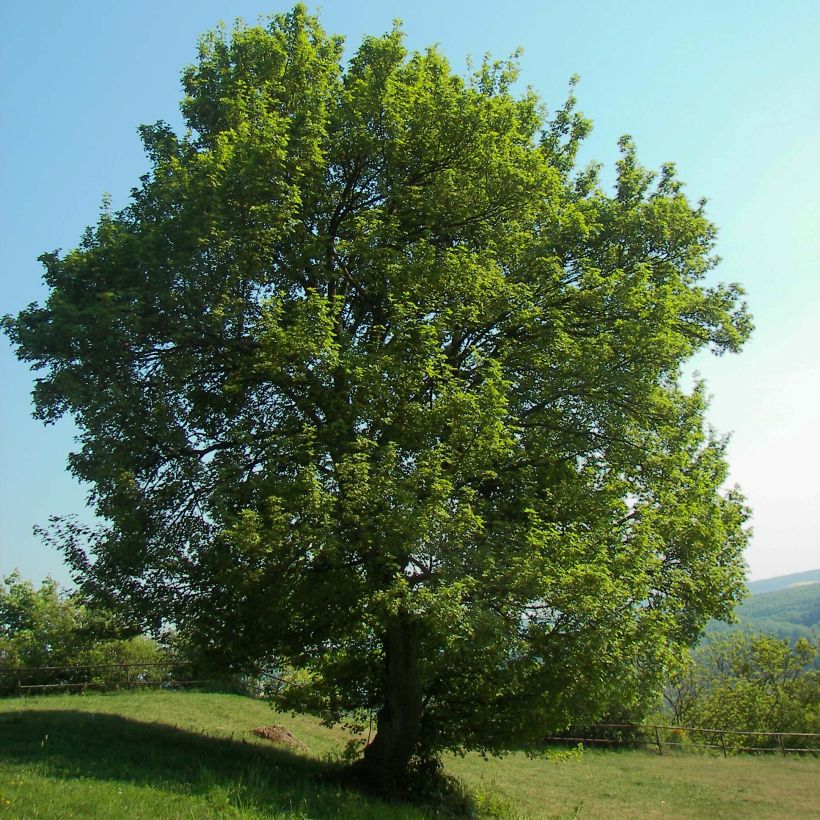

Plant habit
Flowering
Foliage
Botanical data
Acer
campestre
Aceraceae
Field maple
Western Europe
Other Acer - Maple tree
View all →Planting and care
Acer campestre is best planted in spring or autumn in all deep soils, preferably with a tendency to limestone, in a sunny or semi-shaded position. Once well established, it does not require watering in summer and requires no maintenance. Beware of strong winds. Keep the soil moist during the first two summers after planting. Mulching can be beneficial to maintain good soil moisture.
Planting period
Intended location
Care
Planting & care advice
-
, onOrder confirmed
Reply from on Promesse de fleurs
Similar products
Haven't found what you were looking for?
Hardiness is the lowest winter temperature a plant can endure without suffering serious damage or even dying. However, hardiness is affected by location (a sheltered area, such as a patio), protection (winter cover) and soil type (hardiness is improved by well-drained soil).

Photo Sharing Terms & Conditions
In order to encourage gardeners to interact and share their experiences, Promesse de fleurs offers various media enabling content to be uploaded onto its Site - in particular via the ‘Photo sharing’ module.
The User agrees to refrain from:
- Posting any content that is illegal, prejudicial, insulting, racist, inciteful to hatred, revisionist, contrary to public decency, that infringes on privacy or on the privacy rights of third parties, in particular the publicity rights of persons and goods, intellectual property rights, or the right to privacy.
- Submitting content on behalf of a third party;
- Impersonate the identity of a third party and/or publish any personal information about a third party;
In general, the User undertakes to refrain from any unethical behaviour.
All Content (in particular text, comments, files, images, photos, videos, creative works, etc.), which may be subject to property or intellectual property rights, image or other private rights, shall remain the property of the User, subject to the limited rights granted by the terms of the licence granted by Promesse de fleurs as stated below. Users are at liberty to publish or not to publish such Content on the Site, notably via the ‘Photo Sharing’ facility, and accept that this Content shall be made public and freely accessible, notably on the Internet.
Users further acknowledge, undertake to have ,and guarantee that they hold all necessary rights and permissions to publish such material on the Site, in particular with regard to the legislation in force pertaining to any privacy, property, intellectual property, image, or contractual rights, or rights of any other nature. By publishing such Content on the Site, Users acknowledge accepting full liability as publishers of the Content within the meaning of the law, and grant Promesse de fleurs, free of charge, an inclusive, worldwide licence for the said Content for the entire duration of its publication, including all reproduction, representation, up/downloading, displaying, performing, transmission, and storage rights.
Users also grant permission for their name to be linked to the Content and accept that this link may not always be made available.
By engaging in posting material, Users consent to their Content becoming automatically accessible on the Internet, in particular on other sites and/or blogs and/or web pages of the Promesse de fleurs site, including in particular social pages and the Promesse de fleurs catalogue.
Users may secure the removal of entrusted content free of charge by issuing a simple request via our contact form.
The flowering period indicated on our website applies to countries and regions located in USDA zone 8 (France, the United Kingdom, Ireland, the Netherlands, etc.)
It will vary according to where you live:
- In zones 9 to 10 (Italy, Spain, Greece, etc.), flowering will occur about 2 to 4 weeks earlier.
- In zones 6 to 7 (Germany, Poland, Slovenia, and lower mountainous regions), flowering will be delayed by 2 to 3 weeks.
- In zone 5 (Central Europe, Scandinavia), blooming will be delayed by 3 to 5 weeks.
In temperate climates, pruning of spring-flowering shrubs (forsythia, spireas, etc.) should be done just after flowering.
Pruning of summer-flowering shrubs (Indian Lilac, Perovskia, etc.) can be done in winter or spring.
In cold regions as well as with frost-sensitive plants, avoid pruning too early when severe frosts may still occur.
The planting period indicated on our website applies to countries and regions located in USDA zone 8 (France, United Kingdom, Ireland, Netherlands).
It will vary according to where you live:
- In Mediterranean zones (Marseille, Madrid, Milan, etc.), autumn and winter are the best planting periods.
- In continental zones (Strasbourg, Munich, Vienna, etc.), delay planting by 2 to 3 weeks in spring and bring it forward by 2 to 4 weeks in autumn.
- In mountainous regions (the Alps, Pyrenees, Carpathians, etc.), it is best to plant in late spring (May-June) or late summer (August-September).
The harvesting period indicated on our website applies to countries and regions in USDA zone 8 (France, England, Ireland, the Netherlands).
In colder areas (Scandinavia, Poland, Austria...) fruit and vegetable harvests are likely to be delayed by 3-4 weeks.
In warmer areas (Italy, Spain, Greece, etc.), harvesting will probably take place earlier, depending on weather conditions.
The sowing periods indicated on our website apply to countries and regions within USDA Zone 8 (France, UK, Ireland, Netherlands).
In colder areas (Scandinavia, Poland, Austria...), delay any outdoor sowing by 3-4 weeks, or sow under glass.
In warmer climes (Italy, Spain, Greece, etc.), bring outdoor sowing forward by a few weeks.






























